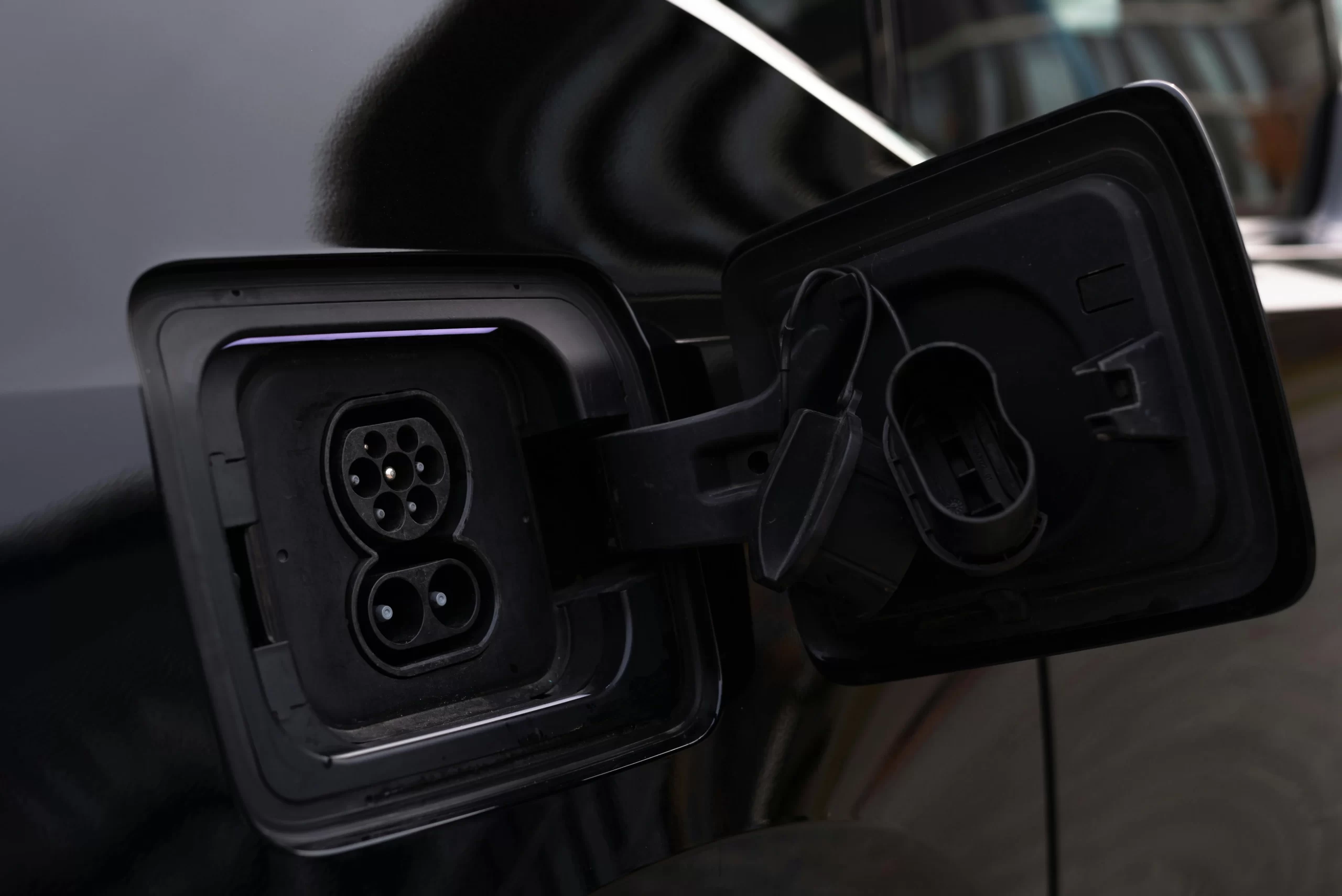
A software-defined vehicle is a car where critical functions – including safety systems, infotainment, driver assistance, and even core driving capabilities – are controlled by software rather than purely mechanical or hardware systems. This means that much of what your car can do is determined by its software, allowing for ongoing updates and feature enhancements, much like a smartphone or laptop.
Key Features of Software-Defined Vehicles
1. Over-the-Air (OTA) Updates
One of the defining characteristics of SDVs is their ability to receive over-the-air updates. This means that manufacturers can add new features, improve performance, or fix bugs without requiring a visit to the dealership.
Examples:
- Tesla’s Full Self-Driving (FSD) beta updates
- Ford’s BlueCruise hands-free driving system
- Rivian’s software enhancements for improved range and off-road capabilities
Benefits:
- Reduced need for physical repairs and recalls
- Continuous improvement over the life of the vehicle
- Potential for new revenue streams through software subscriptions
2. Advanced Driver Assistance Systems (ADAS)
SDVs rely heavily on software for advanced driver assistance features like adaptive cruise control, lane keeping, automatic emergency braking, and self-parking.
Examples:
- Tesla Autopilot and FSD
- Mercedes-Benz Drive Pilot (Level 3 autonomous driving)
- GM Super Cruise and Ultra Cruise
Benefits:
- Improved driver safety
- Reduced accident rates
- Smoother, more comfortable driving experience
3. Personalized Driving Experience
With software-defined vehicles, the car can adapt to individual drivers, adjusting settings for seat position, climate control, entertainment preferences, and even driving style based on biometric recognition or user profiles.
Examples:
- BMW iDrive 8 – Personalized driver profiles and intelligent voice commands
- Rivian’s driver-centric settings and predictive maintenance alerts
- Lucid Motors’ immersive, AI-driven cockpit experience
Benefits:
- Highly personalized driving experience
- Greater convenience and comfort
- Seamless integration with digital ecosystems
4. Enhanced Connectivity and Data Analytics
SDVs are designed to be fully connected, gathering real-time data from internal sensors, GPS, cameras, and external networks. This data can be used to optimize performance, improve safety, and even predict maintenance needs.
Examples:
- Tesla’s use of real-time fleet data for autonomous driving improvements
- Ford’s predictive maintenance alerts via the FordPass app
- GM’s OnStar connected services
Benefits:
- Early detection of maintenance issues
- Real-time traffic and road hazard alerts
- Enhanced vehicle diagnostics and analytics
Why Should You Care About Software-Defined Vehicles?
1. Continuous Improvement and Customization
With SDVs, your car can get better over time, adding new features, improving performance, and even increasing resale value through software upgrades.
2. Lower Total Cost of Ownership
Fewer mechanical components mean potentially lower maintenance costs, while predictive analytics can reduce unplanned breakdowns.
3. Improved Safety and Security
Real-time software updates can quickly patch security vulnerabilities and improve crash avoidance systems, making driving safer for everyone.
4. Resale Value and Future-Proofing
Cars that can adapt to new technologies through software updates are likely to hold their value better and remain relevant longer.
Challenges and Concerns
While SDVs offer numerous benefits, they also come with some challenges:
- Data Privacy – More connectivity means more personal data is collected, raising privacy concerns.
- Cybersecurity Risks – Connected cars are more vulnerable to hacking and digital threats.
- Software Bugs and Glitches – Software-defined systems can crash or malfunction, potentially compromising safety.
- High Development Costs – Building and maintaining complex software ecosystems is expensive.
Conclusion
Software-defined vehicles represent the future of the automotive industry, offering a more personalized, connected, and continuously improving driving experience. However, like any emerging technology, they come with their own set of challenges. As more automakers shift to this model, it’s clear that software will play a central role in shaping the cars of tomorrow.






Leave a Reply